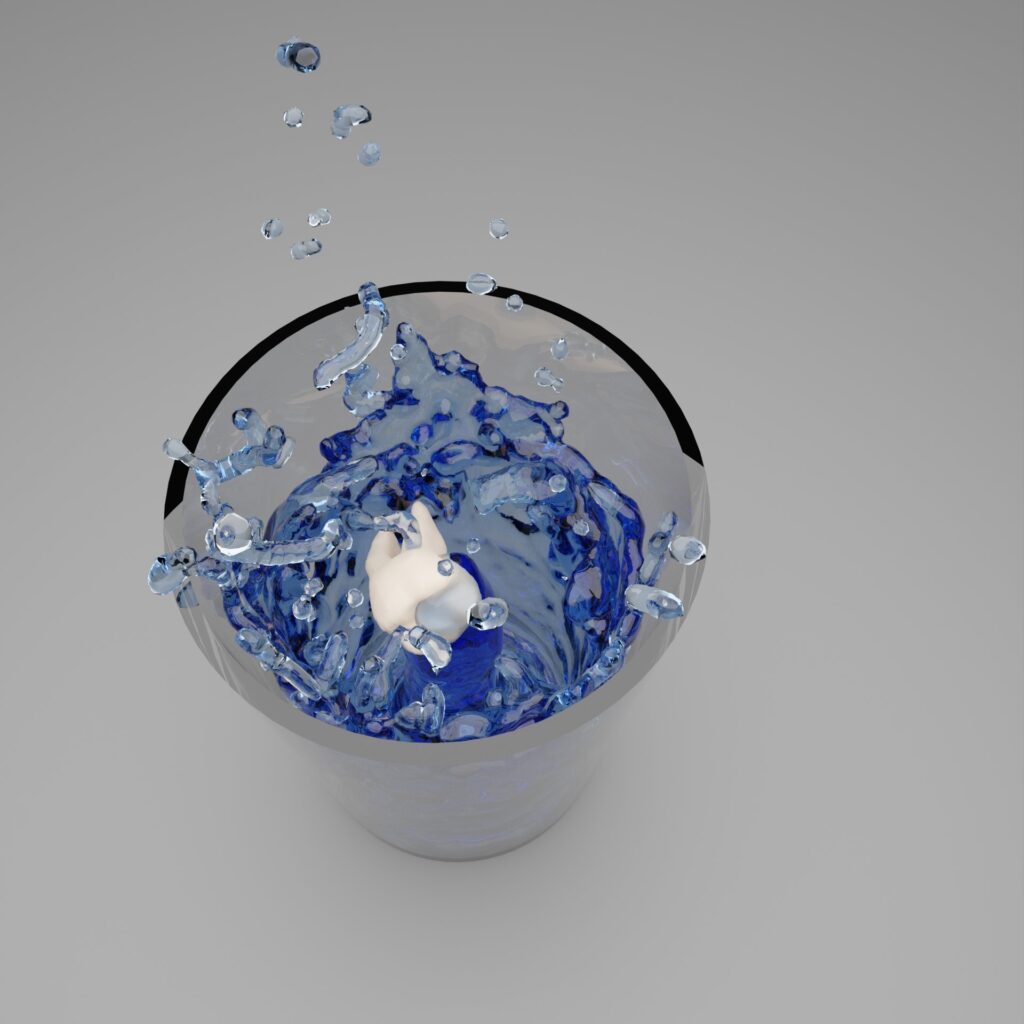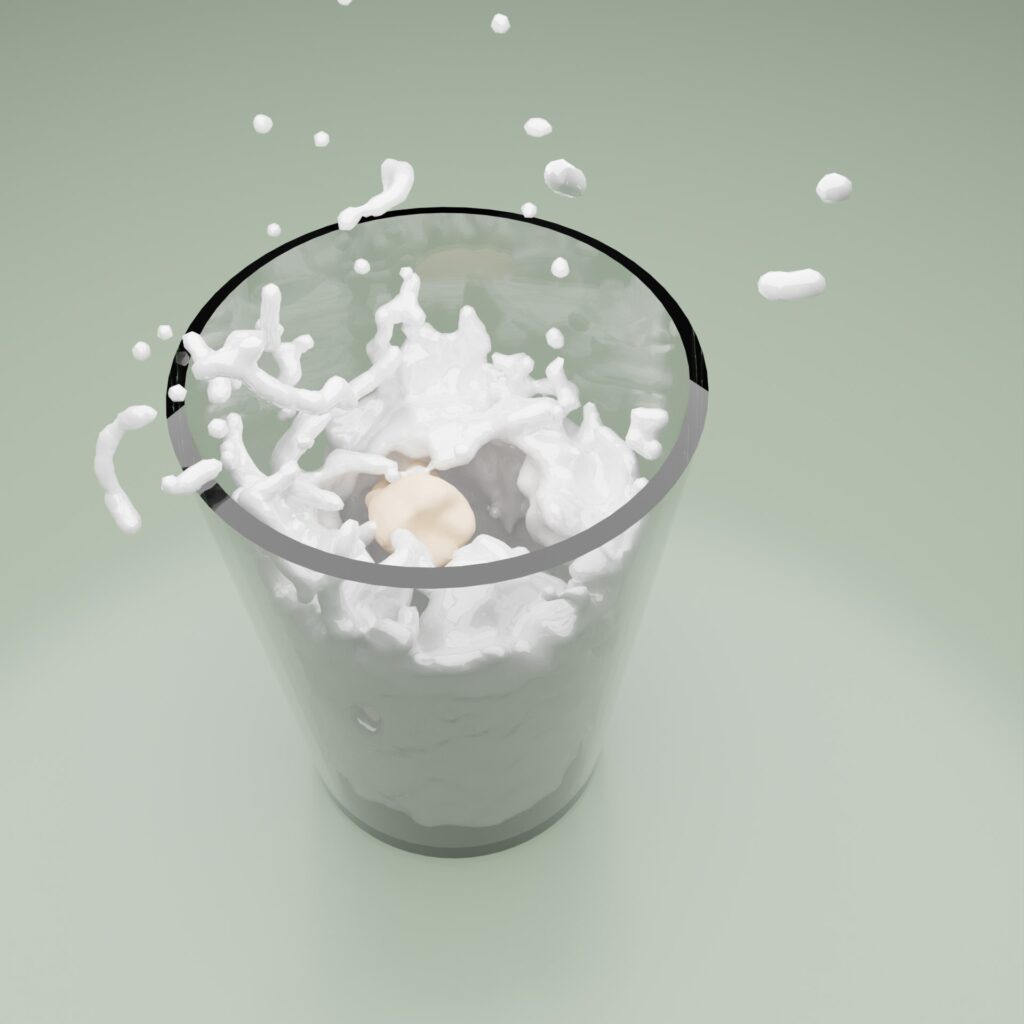Table of Contents
Introduction
Tooth replantation stands as a critical procedure in dental emergencies when a tooth has been knocked out due to trauma, accidents, or injuries. This process involves reinserting a completely displaced tooth back into its original socket within the jawbone. The success of this procedure greatly depends on swift action and proper handling of the avulsed tooth.
Importance of Immediate Action:
When a tooth gets knocked out, every passing minute is crucial. Immediate action significantly enhances the chances of successfully replanting the tooth. Time plays a pivotal role in maintaining the viability of the tooth’s periodontal ligament (PDL) cells, which are essential for its survival post-replantation.
Challenges Faced
Dental emergencies pose unique challenges, especially when immediate professional help might not be readily available. In such scenarios, knowing how to handle the avulsed tooth and understanding the best methods for temporary storage becomes paramount. This knowledge empowers individuals to take immediate steps to preserve the tooth until they can reach a dentist.

1. Act Fast: If a tooth gets knocked out, act quickly but calmly. Time is crucial.
Take the first step to a better Oral health!
Get tips on Oral health and discover ways to improve your Dental health. Sign up today
2. Handle Carefully: Hold the tooth by its crown (the part you normally see in the mouth), not the root. Avoid touching the root to keep it clean.
3. Rinse Gently: If the tooth is dirty, gently rinse it with milk or saliva. Don’t scrub or remove any tissue fragments attached to the tooth.
4. Store Properly: It’s crucial to keep the tooth moist. The best temporary storage options are:
Milk: Place the tooth in a small container with milk. It helps keep the tooth’s cells alive.
Saliva: If milk isn’t available, you can store the tooth in your mouth (between cheek and gum) to keep it moist with saliva.

5. Seek Immediate Help: Contact a dentist or emergency dental services right away. Time is of the essence to increase the chances of saving the tooth.
How to Find a Dentist and What to Do Next:
1. Contact a Dentist: Look for emergency dental services or call your regular dentist immediately. Explain the situation clearly.
2. Preserve the Tooth: Keep the tooth stored in milk or saliva until you reach the dentist. Avoid letting it dry out.
3. Handle with Care: During transportation, handle the tooth gently and avoid touching the root surface.
4. Follow the Dentist’s Advice: Once at the dentist’s office, follow their instructions carefully. They will assess the tooth and decide whether it can be replanted.
5. Stay Calm: Remember, modern dentistry offers good chances of saving knocked-out teeth if handled promptly and properly.
Why is Proper Storage Important?
Preserving the tooth in milk or saliva helps to keep the cells on the root surface alive, increasing the likelihood of successful replantation. Time is critical, so acting quickly and storing the tooth properly are crucial steps before seeing a dentist.
Understanding the Importance of Proper Storage:
When a tooth gets knocked out due to a fall, sports injury, or accident, it’s termed tooth avulsion. The root of the tooth gets completely displaced, affecting its neurovascular supply and leading to potential long-term issues if not handled correctly.
Why Proper Storage Matters:
- Maintaining Cell Viability: Preserving the tooth’s periodontal ligament (PDL) cells is crucial for successful replantation.
- Effects of Dryness: If the tooth dries out, the chances of successful replantation significantly decrease. Even a short duration of dry storage (30-60 minutes) can harm the cells.
Best Storage Solutions:
While milk or saliva are good options if nothing else is available, certain solutions prove more effective in preserving the tooth’s viability:
- Hank’s Balanced Salt Solution (HBSS): Recommended by experts due to its ability to maintain optimal pH and osmolality for cell growth.
- Propolis: A resinous beehive product with properties aiding in PDL cell survival.
- Oral Rehydration Solutions (ORS) like Ricetral: Accessible in many regions and exhibit positive effects on tooth preservation.
- Cling Film: Surprisingly effective in retaining moisture around the tooth, creating a conducive environment for cell survival.
Accessibility Considerations:
Availability of Solutions: While some solutions like HBSS might not be easily accessible in places where dental emergencies commonly occur, everyday items like cling film or ORS could be more readily available in household or first aid settings.
Tooth replantation success rate
tooth replantation success rates can vary based on several factors, including how promptly the tooth is re-implanted, the type of injury, and the individual’s overall oral health. Success rates may also differ between primary (baby) teeth and permanent teeth. Here are some approximate statistics:
- Prompt Re-implantation: If a tooth is replanted within the first 30 minutes after being knocked out, success rates can range from 80% to 90%. However, every minute counts and success rates decrease significantly with delays in treatment.
- Within the Hour: Re-implantation within 60 minutes still offers relatively favorable success rates, with chances dropping to around 70% to 85%.
- Delayed Re-implantation: Beyond 60 minutes, success rates diminish drastically. After 2 hours, the success rate drops to as low as 10% to 20%.
- Age and Tooth Type: Primary (baby) teeth generally have lower success rates compared to permanent teeth due to differences in the structure and root development.
It’s important to note that these success rates are approximate and can vary based on various circumstances surrounding the injury and the individual’s specific case. Immediate professional dental care remains crucial for the best possible outcome after a tooth avulsion.
Conclusion
In summary here are some important steps you should follow immediately after tooth avulsion
- Act swiftly.
- Handle the tooth by the crown.
- Store in milk or saliva.
- Contact a dentist immediately.
- Follow their instructions carefully.
Remember, while these steps can improve the chances of saving a knocked-out tooth, professional dental care is essential. Don’t hesitate to seek immediate help and follow the guidance of a dentist for the best possible outcome.
What is tooth replantation?
Tooth replantation involves reinserting a completely displaced tooth back into its original socket within the jawbone, usually after it’s been knocked out due to trauma or accidents.
Why is immediate action essential after a tooth is knocked out?
Time is crucial because every passing minute affects the tooth’s viability. Acting promptly significantly increases the chances of successfully replanting the tooth.
What challenges might one face in a dental emergency involving a knocked-out tooth?
Dental emergencies can be challenging, especially if immediate professional help isn’t available. Knowing how to handle the avulsed tooth and understanding temporary storage methods becomes crucial in such scenarios.
What are the immediate steps to preserve a knocked-out tooth?
Act fast, handle the tooth by the crown (the part usually seen in the mouth), rinse it gently with milk or saliva if dirty, and store it properly—preferably in milk or moistened with saliva.
How important is it to contact a dentist after a tooth avulsion?
Contacting a dentist or emergency dental services immediately is crucial. Swift action significantly increases the chances of saving the tooth.
Why does proper storage of the avulsed tooth matter?
Proper storage—such as using milk or saliva—maintains the viability of the tooth’s cells, which is essential for successful replantation. Dryness significantly reduces the chances of success.
What are the recommended storage solutions for preserving a knocked-out tooth?
Recommended solutions include Hank’s Balanced Salt Solution (HBSS), propolis, oral rehydration solutions (ORS), and even cling film, as they have shown effectiveness in maintaining tooth viability.
Are there accessibility considerations for these storage solutions?
Some solutions might not be easily accessible, but everyday items like cling film or ORS could be more readily available in household or first aid settings.
What are the success rates for tooth replantation based on timing?
Prompt replantation within the first 30 minutes offers success rates ranging from 80% to 90%. However, delays significantly reduce success rates, dropping to as low as 10% to 20% after 2 hours.
Why is immediate professional care essential after a tooth avulsion?
Immediate professional care is crucial because while the initial steps can increase the chances of saving a tooth, a dentist’s guidance and intervention are necessary for the best possible outcome.
- Steiner’s Cephalometric Analysis – Free cephalometric analysis - June 7, 2025
- COGS CEPHALOMETRIC ANALYSIS – FREE TO USE - June 7, 2025
- Can You Eat on Root Canal Treated Teeth? Everything You Need to Know - May 18, 2025


